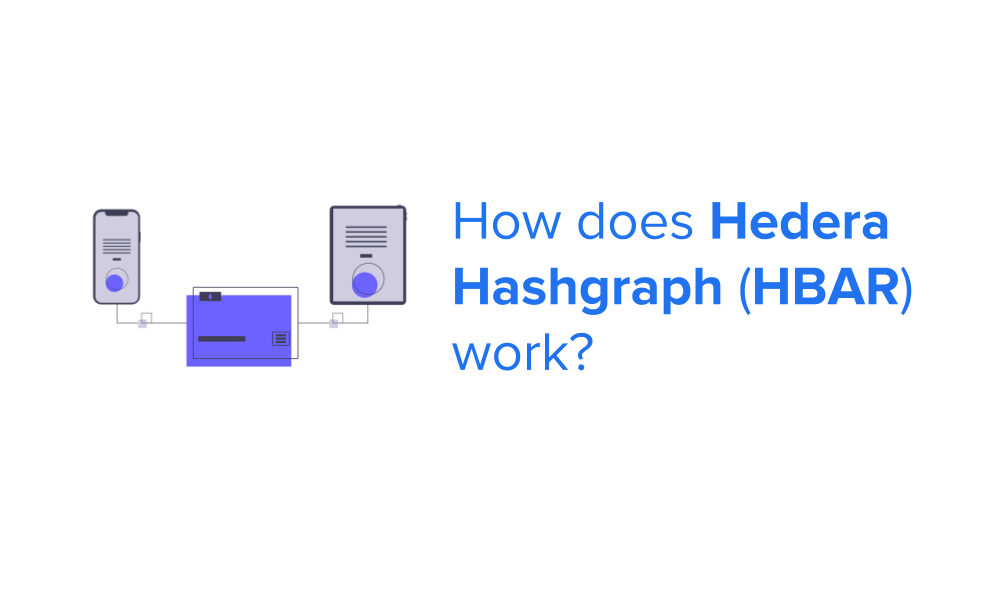Hedera Hashgraph is an alternative to blockchain technology (Distributed Ledger Technology). It uses the Hashgraph algorithm to process and finalise transactions. The algorithm is asynchronous Byzantine Fault Tolerant (aBFT), meaning, the algorithm can achieve consensus even with a few faulty nodes.
Blockchain is one of the prime examples of distributed ledger technology (DLT). However, there are a few issues with the most famous cryptocurrencies based on blockchain technology. They are high latency and low transaction speed networks. One interesting way of solving this issue is a innovate the DLT itself. This is what Hedera Hashgraph does. Let’s dive into it!
What is Hedera Hashgraph? 226
Hedera Hashgraph has been flaunted as the alternative to blockchain. However, just like a blockchain, it is also a distributed ledger technology (DLT). It acts as a distributed ledger of transactions. What makes Hedera different from the blockchain (DLT) is Hashgraph, Its new consensus algorithm. Using the algorithm Hedera can process and finalise more transactions than a conventional Proof-of-Work network. Thus, making Hedera faster and efficient than the high latency and low transaction speed networks. Therefore, Hedera uses lesser energy and offers cheaper transaction costs. Not just that, Hedera offers extremely solid security, since it is asynchronous Byzantine Fault Tolerant (aBFT).
Hedera facilitates the Hedera Consensus Service (HCS) and the Hedera Token Service (HTS) to its users. HCS enables the communication between clients and the network for consensus timestamping and ordering. HTS allows users to enjoy native tokenization. Users of this service can also issue native tokens. These tokens will have the same performance, security, and efficiency as HBAR, the native token. It also offers low and predictable prices for transaction costs. Additionally, Fungible and non-fungible tokens on HTS enjoy native programmability. Hedera is backed and governed by the world’s leading organizations. These organizations include Boeing, Google, London School of Economics (LSE), Wipro, IBM, IIT Madras, Tata Communications, Standard Bank etc.
How does Hedera Hashgraph work?
As discussed earlier, Hedera uses the Hashgraph consensus algorithm for the consensus of Hedera Mainnet as an alternative to the blockchain consensus algorithm. For each transaction, Hashgraph issues a consensus timestamp. The timestamp is the time when the majority of the network gets the transaction. This consensus is Asynchronous Byzantine Fault Tolerant (ABFT) meaning every node participates in every round of consensus. It does not matter if a node is faulty since the algorithm does not rely on a single node.
The Hedera Governing Council stores and run the consensus nodes on the Hedera public ledger. The current running mainnet is available to Council members. Eventually, Hedera plans to make its network permissionless, allowing any participant to run a consensus node. When Hedera transitions to a permissionless state, node influence will be determined by HBARs owned. Hashgraph will function as the consensus and security layer of the network.
The Hedera Hashgraph Token, HBAR
The native token of Hedera Hashgraph is HBAR. The HBAR Token is used for transaction fees , security and incentivizing security. Users of the network pay a fee in HBAR to consensus nodes for processing and ordering their transactions. To achieve network security, users can stake their HBAR tokens. In turn for staking users get staking rewards in terms of HBAR tokens.

